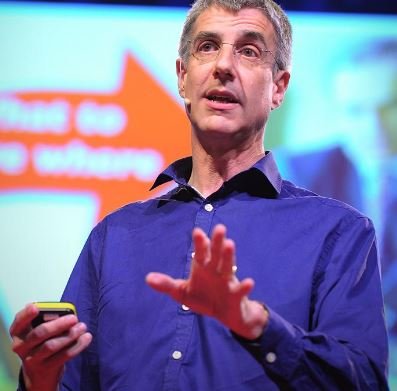According to leading neuroscientist Dr Daniel Wolpert, we have a brain for one reason and one reason only: ‘To produce adaptable and complex movements’.
Movement is the only way we have to affect the world around us.
Traditional dualistic thinking that predominated the nineteenth and twentieth centuries led us to believe that the brain and body were separate, with the brain as a master to perceive the world or to think, and the body to move. This reductionist thinking still predominates many of our approaches to fitness, rehabilitation and of course, movement. By doing so we have limited the effectiveness of our programmes by not recognising the mutual interdependency of body and mind.
For example, the cerebellum is located at the back of the brain and is often referred to as the brain inside the brain. Its sole role is dedicated to coordinated movement, posture, balance, fine motor control and motor learning. This small area is densely populated with neurons, known as 'granule cells', which account for 80 per cent of the total neurons in the whole brain, but only about 10 per cent of its volume!
So, 80% of our brain power is dedicated to movement, this is what we are designed to do, our brain (and body) needs complex movement skills to remain nourished and healthy.
Yet we continue to live in a period of movement skill poverty and move with less skill, volume and complexity than ever before in our history. We tend to choose single-capacity specialisations with a very narrow skill base for our health/fitness and recovery. There is nothing wrong with developing capacities, but how do we then nurture our brain and body's requirements for complex movement and variability?
It’s time to look back to our evolutionary development and integrate natural movement training in addition to our more traditional training.

